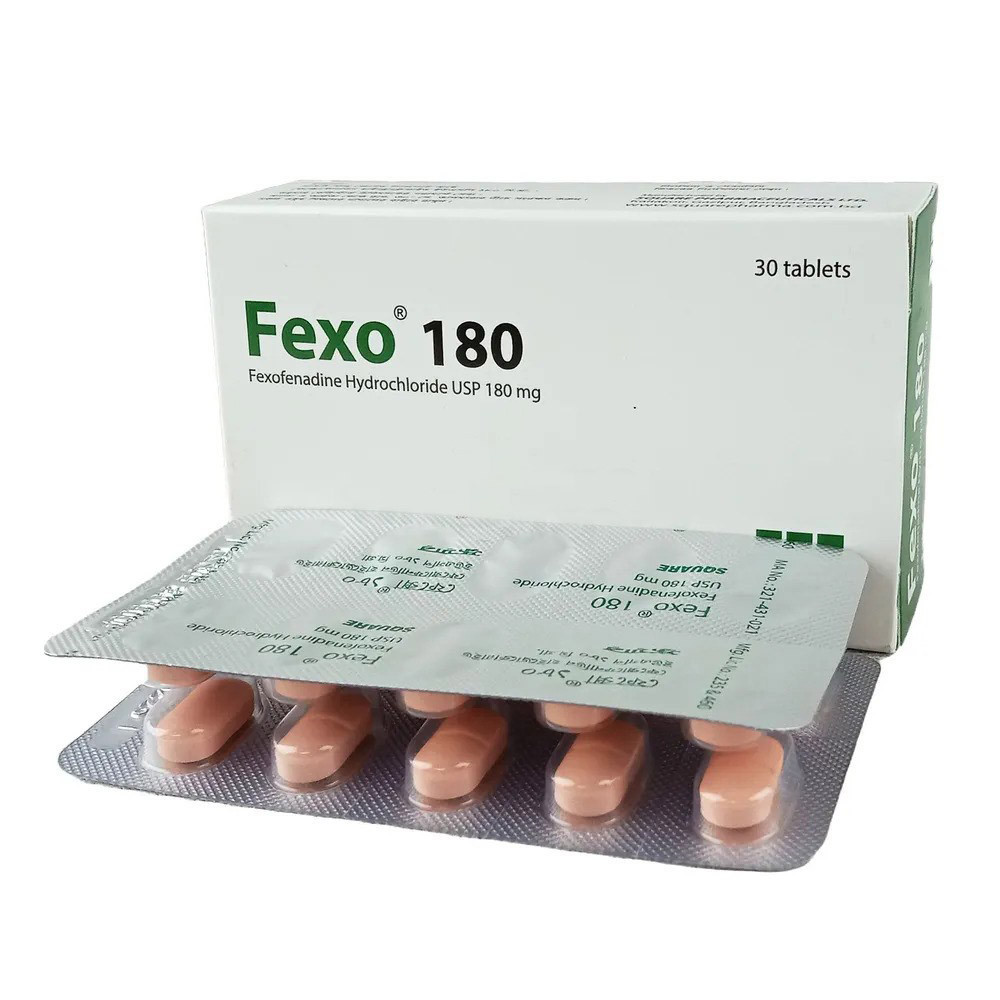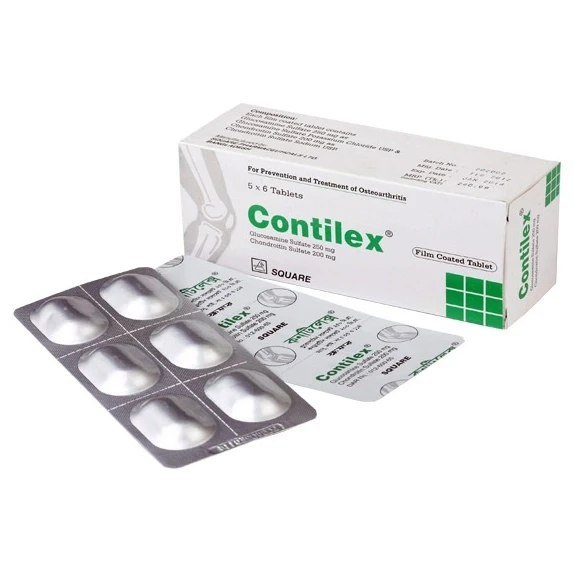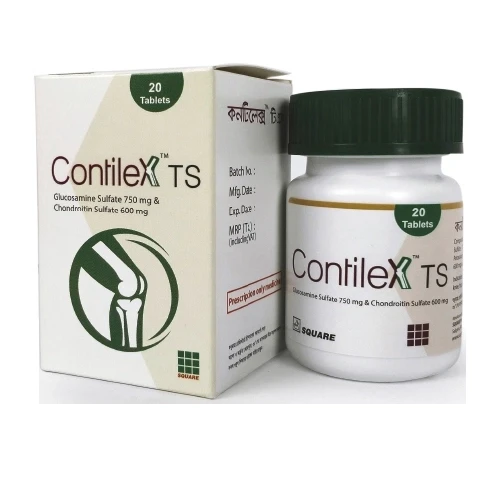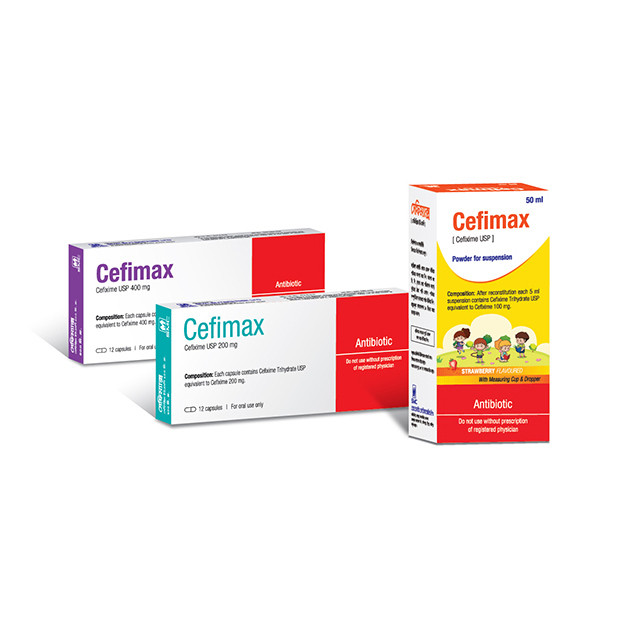

Restobac Tablet, Baclofen 10 mg
Inhouse product
-
৳11.40
৳12.00 -
৳42.75
৳45.00 -
৳16.63
৳17.50 -
৳2.14
৳2.25
Reviews & Ratings
Indications
Restobac is indicated
in-
- spasticity resulting from
multiple sclerosis
- flexor spasms and concomitant
pain, clonus and muscular rigidity
- skeletal muscle spasm resulting
from rheumatic disorders
- spinal cord injuries and other
spinal cord diseases
- cerebrovascular accidents or
neoplastic or degenerative brain disease
* রেজিস্টার্ড চিকিৎসকের পরামর্শ মোতাবেক ঔষধ সেবন করুন'
Pharmacology
Baclofen inhibits both
monosynaptic and polysynaptic reflexes at the spinal level by stimulating the
GABAB receptors, which inhibits the release of glutamate and aspartate. It
may also act at intraspinal sites producing CNS depression. Baclofen also
exerts an antinociceptive effect.
Dosage &
Administration
Adult
& children over 10 years: 5 mg 3 times daily, preferably with or after food, gradually
increased; max. 100 mg daily.
Children <10 years: Treatment is usually
started with 2.5 mg (2.5 ml) given 4 times daily then raised according to
requirement. Daily maintenance dose-
- 12 month-2 years: 10-20 mg
(10-20 ml)
- 2 years-6 years: 20-30 mg
(20-30 ml)
- 6 years-10 years: 30-60 mg
(30-60 ml)
* রেজিস্টার্ড চিকিৎসকের পরামর্শ মোতাবেক ঔষধ সেবন করুন'
Interaction
- Increased sedation may occur if
Restobac is taken with agents acting on the central nervous system,
alcohol or synthetic opiates. The risk of respiratory depression is also
increased.
- Combined treatment with
Restobac and antihypertensives is likely to increase the fall in blood
pressure; therefore the dosage of antihypertensive medication should be
adjusted accordingly.
- The concomitant administration
of Restobac and tricyclic antidepressants may potentiate the
pharmacological effects of Restobac resulting in pronounced muscular
hypotonia.
- In patients with Parkinsons
disease receiving treatment with Restobac and levodopa and carbidopa,
there have been several reports of mental confusion, hallucinations,
headaches, nausea and agitation.
- The concurrent use of MAO
inhibitors and Restobac may result in increased CNS depressant effects.
Caution is advised and the dosage of one or both agents should be adjusted
accordingly.
- Caution should be exercised
when administering Restobac and magnesium sulphate or other neuromuscular
blocking agents since a synergistic effect may theoretically occur.
Contraindications
Baclofen is
contraindicated in patients with hypersensitivity to any component of this
product.
Side Effects
The most common
adverse reactions associated with Restobac are transient drowsiness, daytime
sedation, dizziness, weakness and fatigue.
- Central Nervous
System: Headache (<10%), insomnia
(<10%), and rarely, euphoria, excitement, depression, confusion,
hallucinations, paraesthesia, nightmares, muscle pain, tinnitus, slurred
speech, co-ordination disorder, tremor, rigidity, dystonia, ataxia,
blurred vision, nystagmus, strabismus, miosis, mydriasis, diplopia,
dysarthria, epileptic seizures, respiratory depression.
- Cardiovascular: Hypotension (<10%), rare instances of
dyspnoea, palpitation, chest pain, syncope.
- Gastrointestinal: Nausea (approximately 10%), constipation (<10%)
and rarely, dry mouth, anorexia, taste disorder, abdominal pain, vomiting,
diarrhoea and positive test for occult blood in stool.
- Genitourinary: Urinary frequency (<10%) and rarely, enuresis,
urinary retention, dysuria, impotence, inability to ejaculate, nocturia,
haematuria.
- Other: Instances of rash, pruritus, ankle oedema, excessive
perspiration, weight gain, nasal congestion, visual disturbances, hepatic
function disorders and paradoxical increase in spasticity. Muscular
hypotonia of a degree sufficient to make walking or movement difficult may
occur but is usually relieved by readjusting the dosage. For this purpose,
the daytime dosage may be reduced and the evening dosage increased.
Pregnancy &
Lactation
Pregnancy category B3.
Safe use of Baclofen during pregnancy has not been established. Baclofen
crosses the placental barrier. Baclofen should only be administered to pregnant
women when in the judgement of the physician concludes that the potential
benefits outweigh the possible hazards. Baclofen is excreted in breast milk
however evidence to date suggests that the quantities are so small that no
undesirable effects on the infant would be expected.
Precautions &
Warnings
- Lower doses (approximately 5 mg
per day) should be used for patients with impaired renal function or those
undergoing chronic haemodialysis.
- Patients suffering not only
from spasticity but also from psychotic disorders, schizophrenia,
depressive or manic disorders or confusional states should be treated
cautiously and closely monitored as exacerbations of these disorders may
occur.
- In patients with epilepsy and
muscle spasticity, Restobac may be used under appropriate supervision and
provided that adequate anticonvulsive therapy is continued. Lowering of
the convulsion threshold may occur and seizures have been reported after
the cessation of Restobac therapy or with overdose.
- Restobac should be used with
caution in patients with or with a history of peptic ulcers,
cerebrovascular diseases, or hepatic, renal or respiratory failure.
- Careful monitoring of
respiratory and cardiovascular function is essential especially in
patients with cardiopulmonary disease and respiratory muscle weakness.
- During treatment with Restobac,
neurogenic disturbances affecting emptying of the bladder may improve.
However in patients with preexisting sphincter hypertonia, acute retention
of urine may occur. Restobac should be used with caution in these
circumstances.
- Restobac has not significantly
benefited patients with stroke. These patients have also shown poor
tolerance to the medicine.
- Appropriate laboratory tests
should be performed periodically in patients with hepatic diseases or
diabetes mellitus to ensure that no medicine induced changes in these
underlying diseases have occurred.
Overdose Effects
Gastric lavage is
important in case of severe overdose.
Therapeutic Class
Centrally acting
Skeletal Muscle Relaxants
Storage Conditions
Keep below 30°C
temperature, away from light & moisture. Keep out of the reach of children.
Frequently Bought Products
Cefimax Capsule, Cefixime Trihydrate 200 mg
Vonity Tablet, Vonoprazan 10 mg
Cefopen IM/IV Injection, Cefoperazone Sodium 2 gm/vial
Hyponor IV Infusion 2ml, Norepinephrine Tartrate 2 mg/2 ml
Sugamet Tablet, Metformin Hydrochloride 500 mg
Fusitop-HC Cream 20gm, Fusidic acid + Hydrocortisone 2%+1%
Product Queries (0)
Login Or Registerto submit your questions to seller
Other Questions
No none asked to seller yet
-
৳11.40
৳12.00 -
৳42.75
৳45.00 -
৳16.63
৳17.50 -
৳2.14
৳2.25

















